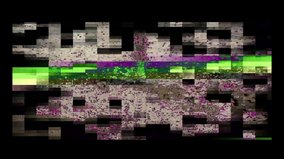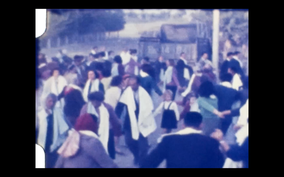In the modern cacophony of life, technology emerges as a double-edged sword, orchestrating a complex relation with nature, information, everyday life, memory and so on. While it promises convenience and progress, its pervasive presence and relentless intrusion raise profound concerns about the erosion of genuine human experiences and memories.
The natural rhythms of existence and the authenticity of human interaction become distorted by virtual substitutes.
Oscillation serves as a foundational principle in understanding and interacting with our world. From the smallest atomic vibrations to the grandest cosmic movements, oscillation shapes our experiences, communication, and technological advancements. Recognizing the significance of oscillation in our lives can deepen our appreciation for the complexities and beauty of the natural and technological phenomena that surround us. Our senses, such as sight, hearing, and touch, rely on oscillatory patterns to interpret the world around us.
Language and communication systems are based on patterns, whether in the form of spoken words, written text, or signs. Our interactions often involve subtle oscillatory cues, such as body language, facial expressions, and gestures. These non-verbal signals convey emotions, intentions, and attitudes, contributing to effective communication and social bonding. […]
— Levente Kozma












































![!!! techn010ffspring !!! [v1_v9]](/images/td79Ji_BA7v4aYRyvV9tnaMGZQ0=/2150/width-284/Screenshot_2024-01-29_at_18.11.07.png)



